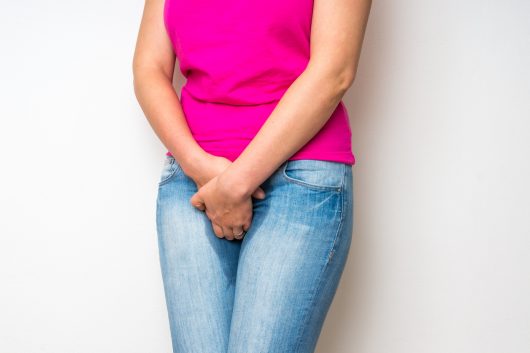Taking back control: Urinary incontinence can be cured
(TheNation) - Do you have constant restroom visits due to your struggles with incontinence? If so, then perhaps you should look at correcting the problem through vaginal tightening without surgery.
What is urinary incontinence?
In short, it’s leaking urine because of loss of bladder control and mainly affects women after childbirth and menopause.
But it can happen to anyone. Laughing, exercising, sneezing or coughing can lead to an embarrassing leak. Women with this condition have weak pelvic muscles and collagen break down as well.
The current treatment, which is both quick and easy, involves using non–ablative radiofrequency (RF) device to shrink and stimulate collagen production both in the vaginal wall and the external vaginal tissues to combat “laxity”. The device delivers RF temperature controlled waves to the target area and while there might be a feeling of warmth during the 30-minute treatment, most patients find the experience comfortable and painless.
The RF device can comfortably warm vaginal tissues and increase the temperature to 40–45 degrees Celsius and cause tissue contraction that is felt right after the first treatment, with significant tightening in the vaginal tissues continuing to improve over the next three months. With the tightening of vaginal tissues, a dermatologist can target the tightening effects to the area of the urethra called the pubocervical fascia. This results in the reduction of accidental leaks.
According to a clinical study undertaken by Californian urogynecologist Dr Red Alinsod, all patients reported improvement. Before treatment, these patients would need to use between one and five pads each day. After treatment, most patients no longer required pads and the leakage was gone.
Nowadays, no woman should have to suffer urinary incontinence. The above treatment is convenient with no downtime. A disadvantage of this non-invasive treatment is that qualified professionals are required to perform the procedure. Another issue is some patients may need a series of three treatments. However, the number of treatments depends on level of laxity in each individual.

What is urinary incontinence?
In short, it’s leaking urine because of loss of bladder control and mainly affects women after childbirth and menopause.
But it can happen to anyone. Laughing, exercising, sneezing or coughing can lead to an embarrassing leak. Women with this condition have weak pelvic muscles and collagen break down as well.
The current treatment, which is both quick and easy, involves using non–ablative radiofrequency (RF) device to shrink and stimulate collagen production both in the vaginal wall and the external vaginal tissues to combat “laxity”. The device delivers RF temperature controlled waves to the target area and while there might be a feeling of warmth during the 30-minute treatment, most patients find the experience comfortable and painless.
The RF device can comfortably warm vaginal tissues and increase the temperature to 40–45 degrees Celsius and cause tissue contraction that is felt right after the first treatment, with significant tightening in the vaginal tissues continuing to improve over the next three months. With the tightening of vaginal tissues, a dermatologist can target the tightening effects to the area of the urethra called the pubocervical fascia. This results in the reduction of accidental leaks.
According to a clinical study undertaken by Californian urogynecologist Dr Red Alinsod, all patients reported improvement. Before treatment, these patients would need to use between one and five pads each day. After treatment, most patients no longer required pads and the leakage was gone.
Nowadays, no woman should have to suffer urinary incontinence. The above treatment is convenient with no downtime. A disadvantage of this non-invasive treatment is that qualified professionals are required to perform the procedure. Another issue is some patients may need a series of three treatments. However, the number of treatments depends on level of laxity in each individual.
If you are looking for urinary incontinence treatment in Malaysia, check out Vaginal Laser Rejuvenation for Stress Urinary Incontinence in Malaysia.








Comments
Post a Comment